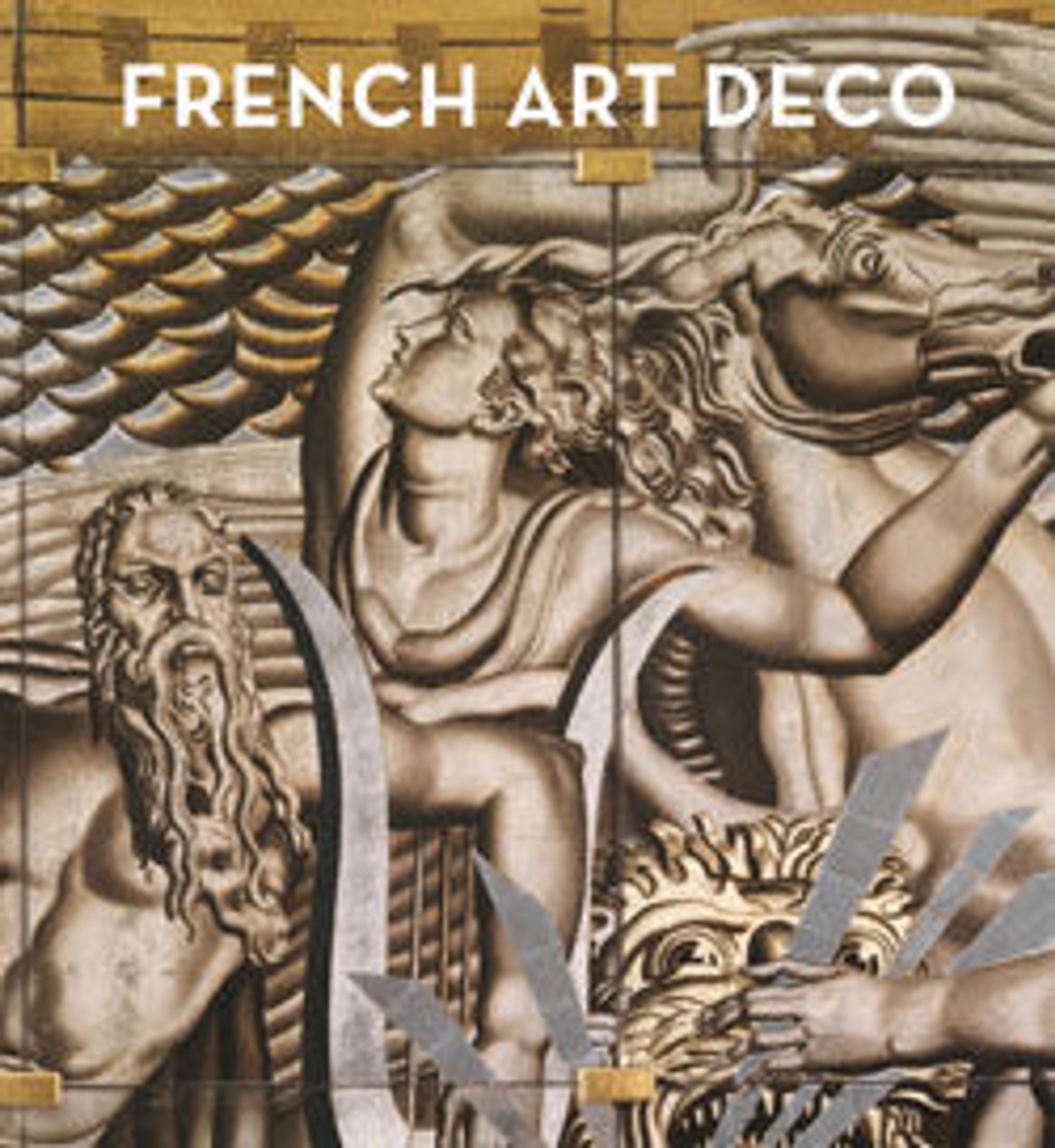"The Gardens" Folding Screen
This decorative screen was featured in the pavilion of the Manufacture Nationale de Beauvais, a state-run tapestry factory in Paris, founded in 1664. State-run factories, including Sèvres porcelain manufactory, had extensive displays at the fair, demonstrating that they remained relevant and up-to-date with the latest tastes. The gardening motif, which reflects Vera’s interest in horticulture, may represent the four seasons, which have been depicted in artwork since antiquity with a remarkable degree of consistency. The trophy has its origins in ancient Greece, where armies would display arrangements of the weapons of their defeated enemies fixed to trees or posts. These displays were later adapted as decorative ornaments, and the symbols of military spoil were replaced by peaceful signs of abundance, as seen on these screens, where fruits, flowers, vines, and vegetables are artistically arranged around gardening implements, such as rakes and shovels, scythes and pitchforks, ladders and pinwheels (used to drive away birds).
Artwork Details
- Title:"The Gardens" Folding Screen
- Designer:Paul Vera (French, Paris 1882–1958 St-Germain-en-Laye)
- Designer:Paul Follot (French, Paris 1877–1941 Sainte-Maxime) (designed frame)
- Manufacturer:Manufacture Nationale de Beauvais
- Date:1923–24
- Medium:Wool, silk, mahogany
- Dimensions:79 in. × 10 ft. 2 in. (200.7 × 309.9 cm)
- Classification:Textiles-Tapestries
- Credit Line:Purchase, Edward C. Moore Jr. Gift, 1932
- Object Number:32.99a-d
- Curatorial Department: Modern and Contemporary Art
More Artwork
Research Resources
The Met provides unparalleled resources for research and welcomes an international community of students and scholars. The Met's Open Access API is where creators and researchers can connect to the The Met collection. Open Access data and public domain images are available for unrestricted commercial and noncommercial use without permission or fee.
To request images under copyright and other restrictions, please use this Image Request form.
Feedback
We continue to research and examine historical and cultural context for objects in The Met collection. If you have comments or questions about this object record, please contact us using the form below. The Museum looks forward to receiving your comments.
